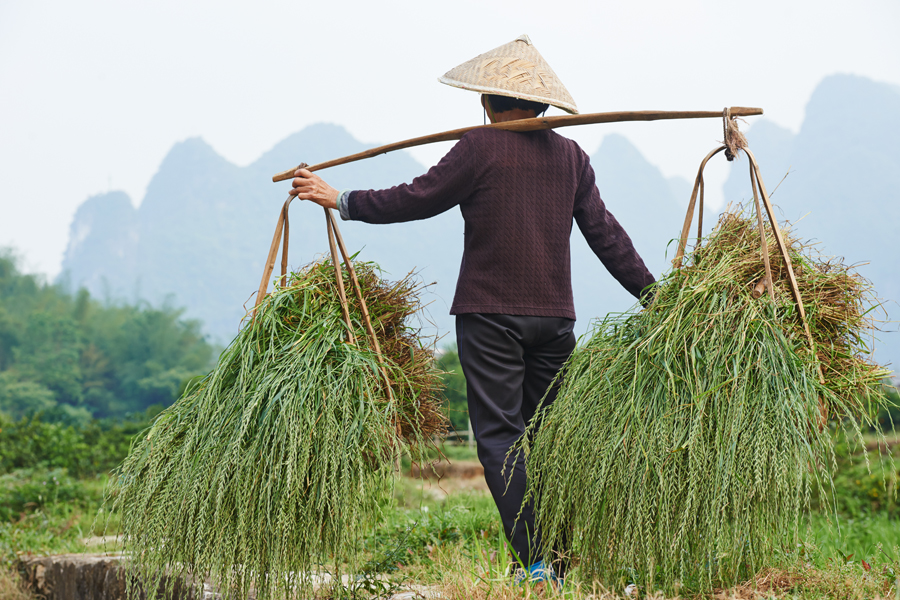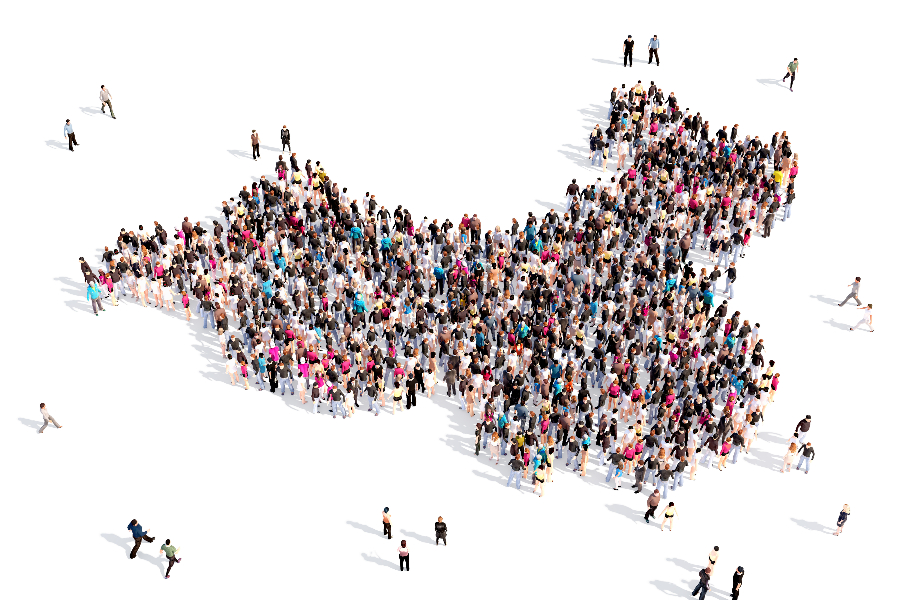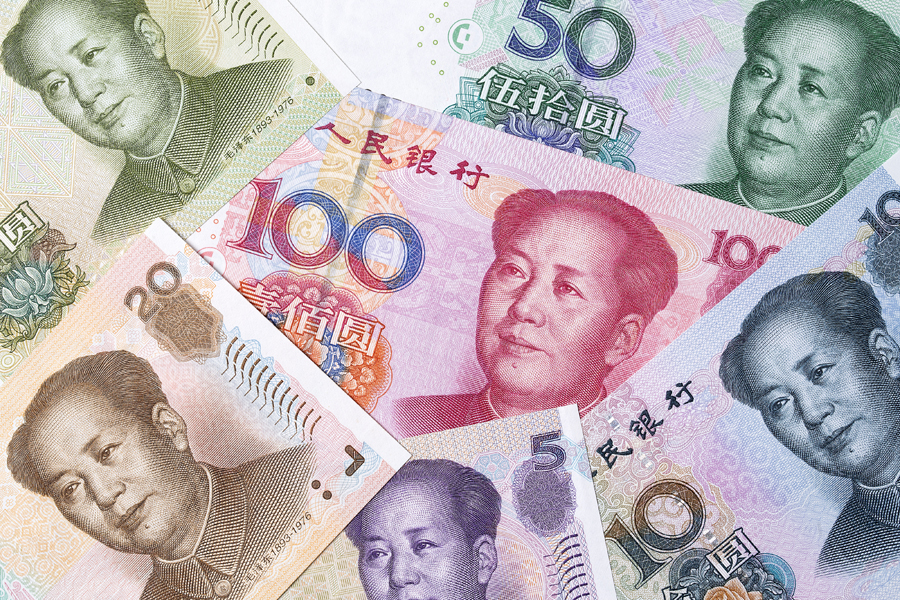The development of the Chinese economy is a major event in the world. China’s economic development model will be important for other countries to develop in the future. This time, we have summarized the challenges and risks of the Chinese economy. Please refer to the companies that are going to expand into China.
目次
The light and dark sides separated by the Industrial Revolution
Some people may have a strong image of China as a major power in Asia which has achieved rapid development over the past 30 years. However, historically, China has had an impact on the world since ancient times.
At the time of the Sino-Japanese War, when Japan and Qing were fighting, Qing was the country with the largest GDP in the world. On the other hand, Japan’s GDP at that time was 1/5 of that of Qing. Regarding Qing’s defeat in the Sino-Japanese War, some people point out that Japan was westernized and its industrial development was remarkable.
GDP is a measure of the added value created by industry, agriculture and services, but it can also be said that there is a difference between countries with strong agriculture and those that have rapidly embraced Westernization.
until China established its present position

There is also an image that China has a much larger population. However, it is said that the estimated population was around 100 million in the 17 century and exceeded 400 million in the first half of the 19 century. Behind this rapid population growth is the introduction of corn and sweet potatoes discovered in the New World.
These crops are easy to grow on poor land, and many mountains have been developed as farmland. The increase in the number of tenant farmers due to the increase in the population also served as a springboard for the development of the country. This is how agriculture develops China into an economic superpower.
One of the reasons for the rapid increase in the population is that the tax system was changed from a poll tax to a land tax to levy on land, and the registration of family registers was advanced. It is said that many people did not try to register in the family register when there was a poll tax.
Tax payment at that time was to pay silver. But when the Opium War intensifies the outflow of silver, the value of silver increases and the value of crops decreases. As a result of the increased burden on the lives of ordinary people, the country also became poor and led to the decline of Qing.
In the course of the Industrial Revolution that continued throughout the 19 century, China lost some of its economic influence. However, from a historical perspective, it was only temporary that China lost its momentum. It can be said that Japan is a great power that has not changed in the past or the present.
put a brake on population-based growth
The abundant labor force is behind China’s economic development. In the Qing Dynasty, the population increased explosively, so it was a big country producing a lot of crops. Handicrafts are also flourishing, and silk and cotton fabrics are being produced in large quantities, and iron processing of agricultural tools is being actively carried out in response to the increase in population and farmland.
China became the world’s factory, armed with cheap labor. Since around 1980, China has been promoting an open economy policy, actively inviting and accepting foreign companies and factories. And that’s what brought in new technologies and capital.
Many Japanese companies have started to advance into China by building factories for cheap labor. China has abundant land and mineral resources that are the raw materials for industry. These factors combined to make Japan a major industrial power in the world.
Current challenges and risks facing China

The population growth that has been a hallmark of China’s development has been declining in recent years. China had 15.23 million births in 2018, down 2 million from 17.23 million in 2017.
As you know, China started its one child policy in 1978. However, the policy was abolished in 2016 due to concerns that the number of workers would decrease in the future, adversely affecting the economy. You can now have up to two children per couple. However, there are still penalties for having more than two children.
However, even if restrictions are removed, the effects of 36 years of population control measures cannot be dealt with in a short period of time. Eventually, a wave of declining birthrates and aging populations will hit China. As the population ages, the working population decreases and wages tend to rise. There may also be problems with pensions and medical expenses. The rapid aging of society could weigh on China, which aims to become the world’s top country.
Summary
China has continued to grow with its abundant natural resources and population. However, population growth, which was a weapon, may become a weakness in the future. As corporate labor costs increase, labor-intensive industries such as product assembly will find it difficult to remain competitive. Changes in the population structure will burden economic development. Attention is focused on future trends in the Chinese economy.



